
GROW GUIDE
Nasturtium
Tropaeolum majus
Plant Description
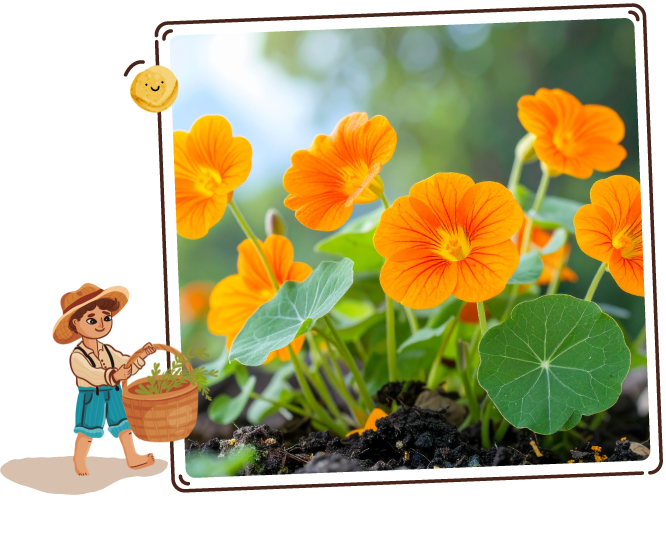
Nasturtium
A striking plant distinguished by its rounded, shield-like leaves and vibrant, trumpet-shaped flowers that range in hue from creamy white to fiery red.
Belonging to the Tropaeolaceae family, it is revered for its peppery, mustard-like flavor which lends a lively punch to salads and decorative garnishes.
Quick Facts:
-

Sun Requirements
Full Sun
-
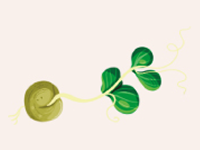
Days To Sprout
10-14 Days
-
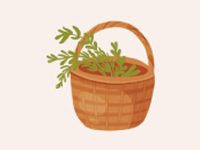
Days To Harvest
35-50 Days
-
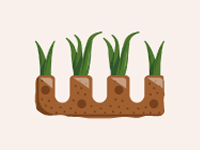
Plant Spacing
8-12"
-
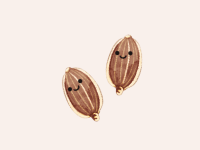
Seeds Per Hole
2
-
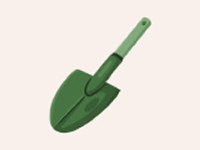
Planting Depth
1/2"
Best Planting Locations
-
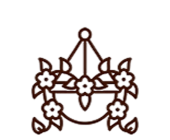
Hanging Baskets
Allows the vibrant flowers and lush foliage to cascade beautifully over the sides.
-

Raised Beds
Excellent for ensuring good drainage. Raised beds also make it easier to manage pests and keep the soil warm.
-

Garden Borders
Suitable for adding a burst of color at the edges of garden paths or flower beds.
-

Containers
Perfect for patios or balconies, providing flexibility to move plants to achieve optimal sun exposure. Containers should be deep enough to accommodate their taproot.
Getting Started

-
1
Find the Spot
Nasturtium thrives in full sun and well-drained soil. Choose a location that receives at least 6 hours of direct sunlight daily. If planting indoors, a bright, sunny window will best mimic their natural growing conditions.
-
2
Prep the Soil & Fertilizer
Use well-draining, poor to moderate soil. Nasturtiums thrive with minimal care, but you can boost flowering by avoiding high-nitrogen fertilizers, which encourage foliage over blooms.
-
3
Plant the Seeds
Before planting, soak the seeds in water for 8-12 hours. Plant 2 seeds or 1 seedling 1/2 inch deep in pots or the ground. These seeds need darkness to germinate.
During germination, keep the soil consistently moist, but not waterlogged. Maintain a soil temperature of about 70° F.
Space seedlings or plants about 8-12 inches apart to allow for their spreading habit.
Good Neighbors:
-

Tomato:
Repels common tomato pests like whiteflies, improving health
-
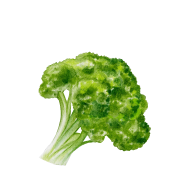
Broccoli:
Nasturtiums lure aphids away, reducing pest pressure on broccoli
-

Cucumber:
Reduces pest attacks, enhancing cucumber growth and health
-

Dill:
Attracts beneficial insects, providing mutual pest protection
Enemy Plants:
-
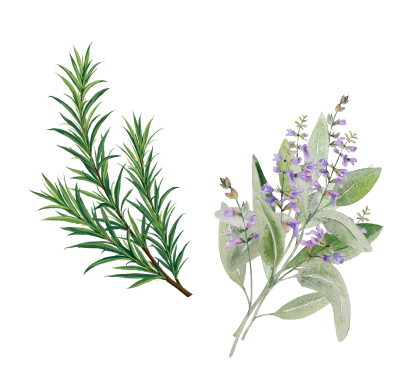
Rosemary & Sage:
Need drier soil, they will not grow well together
Attractants:
-
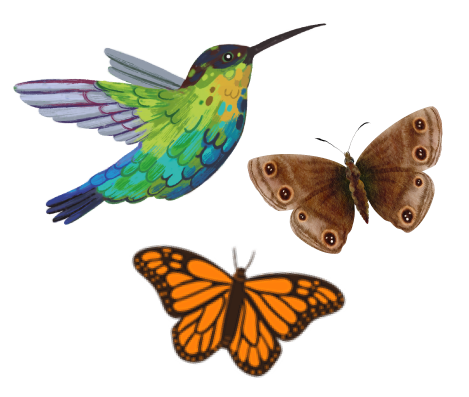
Butterflies, Moths & Hummingbirds
Attracted to its nectar
-
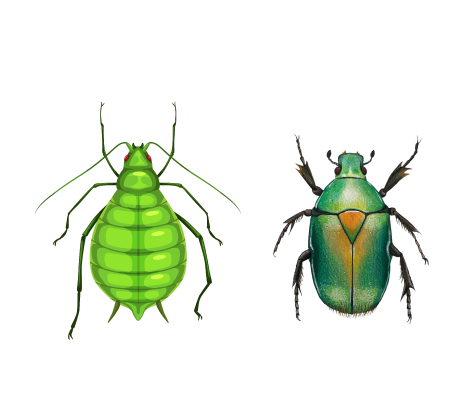
Aphids & Beetles:
Acts as a trap crop, bringing them away from other plants
Repellents:
-
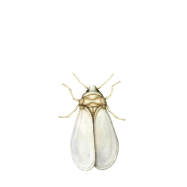
White Flies
Repelled by nasturtium's aroma
-
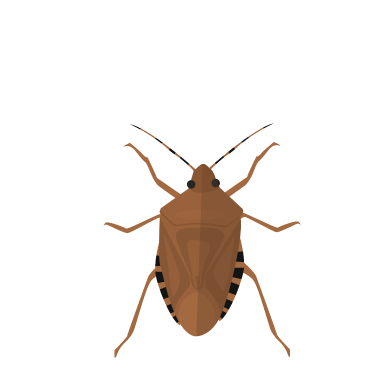
Squash Bugs
Repelled by nasturtium's aroma
-
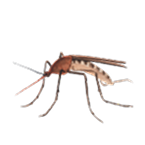
Mosquitoes
Repelled by nasturtium's aroma
Best Time to Plant
USDA Hardiness Zones
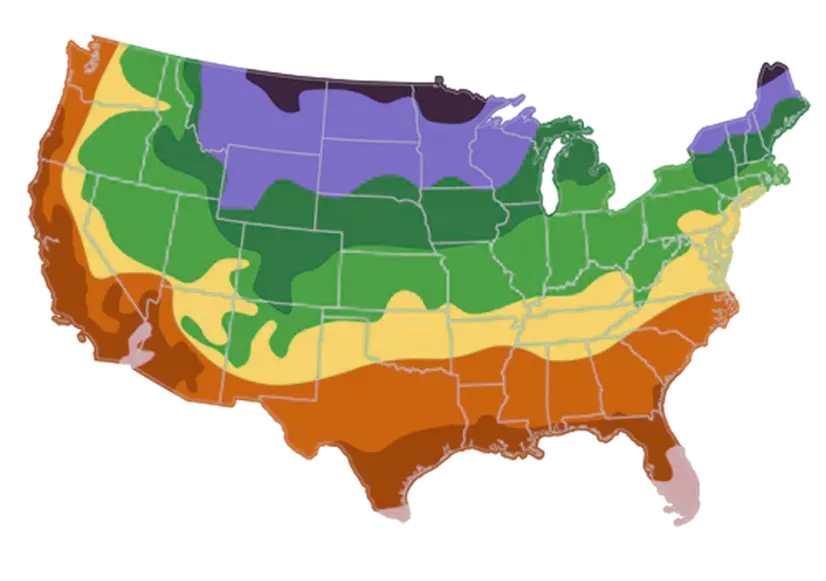
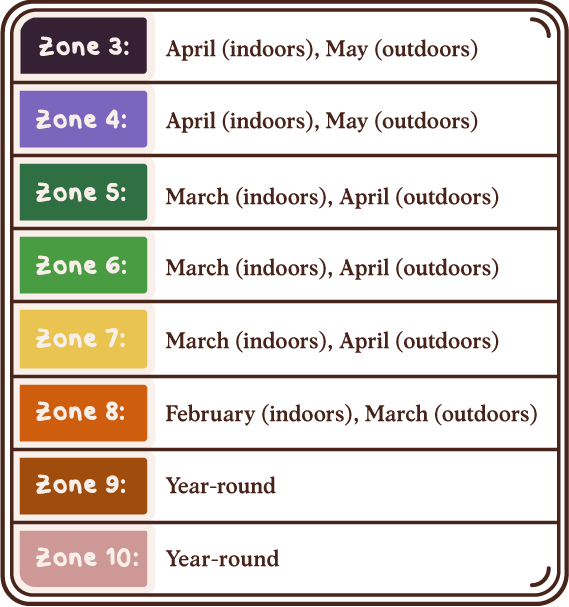
Day to Day Maintenance

-
Watering
Water regularly to keep the soil moist but not soggy, as nasturtium prefers consistent moisture. However, avoid overwatering to prevent root rot.
-
Pruning
Pruning isn’t necessary for nasturtiums, but you can deadhead spent flowers to encourage new blooms.
The Harvest
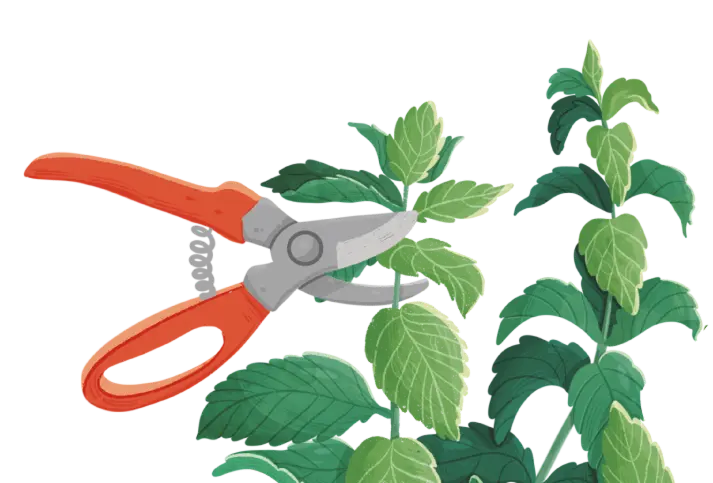
-
Gathering
Pick leaves and flowers as needed throughout the growing season. The more you harvest, the more the plant will produce.
-
Harvest nasturtiums early in the morning when their water content is highest, ensuring the crispest texture and most vibrant flavor.
Favorite Uses
-
Salad
-
Sandwich
-
Tea
-
Pesto
-
Garnish

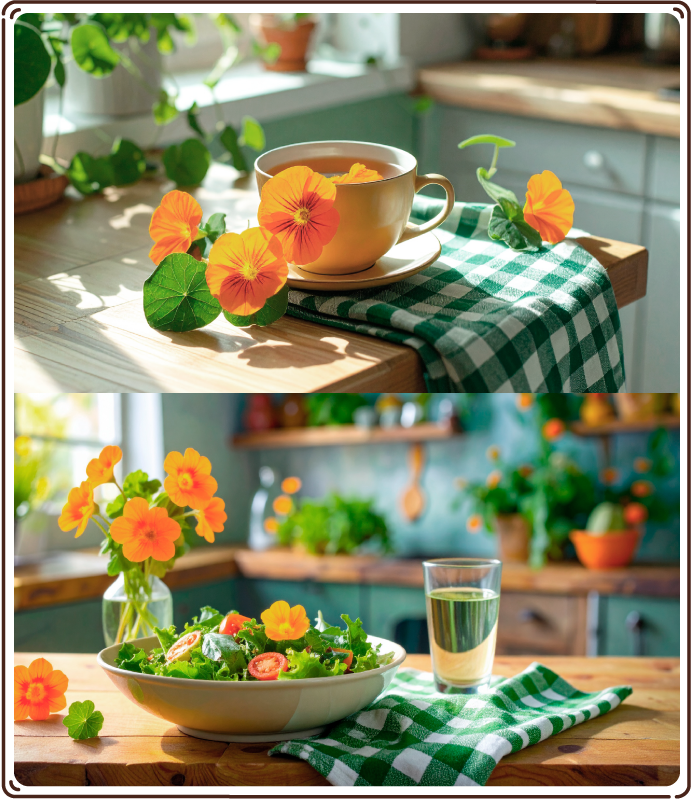
How to Store
-
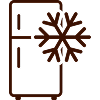
Refrigeration (Whole Leaves and Flowers)
Duration: Up to one week
Location: Store in the refrigerator
Method: Lay nasturtium leaves and flowers between damp paper towels and place them in a sealed plastic bag or container. This keeps them fresh and crisp.
-

Refrigeration (Pickled)
Duration: Several months
Location: Store in the refrigerator
Method: Pickle nasturtium seeds to make "poor man's capers" or the flowers for a unique garnish. Submerge in a vinegar brine and store in airtight jars.
-
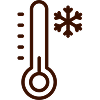
Freezing (Whole Flowers)
Duration: Up to three months
Location: Store in the freezer
Method: Place whole nasturtium flowers on a baking sheet to freeze individually, then transfer to an airtight container. This preserves their vibrant colors and shape for decorative use in dishes.
-
Room Temperature (Seeds)
Duration: Up to one year
Location: Keep in a cool, dry place
Method: Dry nasturtium seeds thoroughly and store in an airtight container. Use as a peppery seasoning or replant next season.
Fun Facts

-
Edible Beauty
Nasturtiums are not only vibrant and colorful, but every part of the plant is edible. The leaves, flowers, and seeds can be used in salads, as a garnish, or even pickled as a caper substitute, offering a peppery flavor similar to arugula or watercress.
-
Natural Pest Deterrent
Nasturtiums are often planted in gardens as companion plants because they can help repel harmful pests like whiteflies and squash bugs. This makes them a valuable addition to any organic garden.
-
Medicinal Uses
Historically, nasturtiums have been used in herbal medicine to treat a variety of ailments due to their high levels of vitamin C and natural antibiotics. They have been used to treat respiratory and urinary tract infections, among other conditions.
-
Space Travelers
Nasturtiums have been grown in space! They were among the first plants to be grown in the NASA Vegetable Production System aboard the International Space Station, helping researchers study plant growth in microgravity environments.
Subscribe to our Newsletter: "The Small Garden Chronicles"
Where curious growers gather for garden inspiration.










